March 24-30, 2024
Sun, rain, and snow
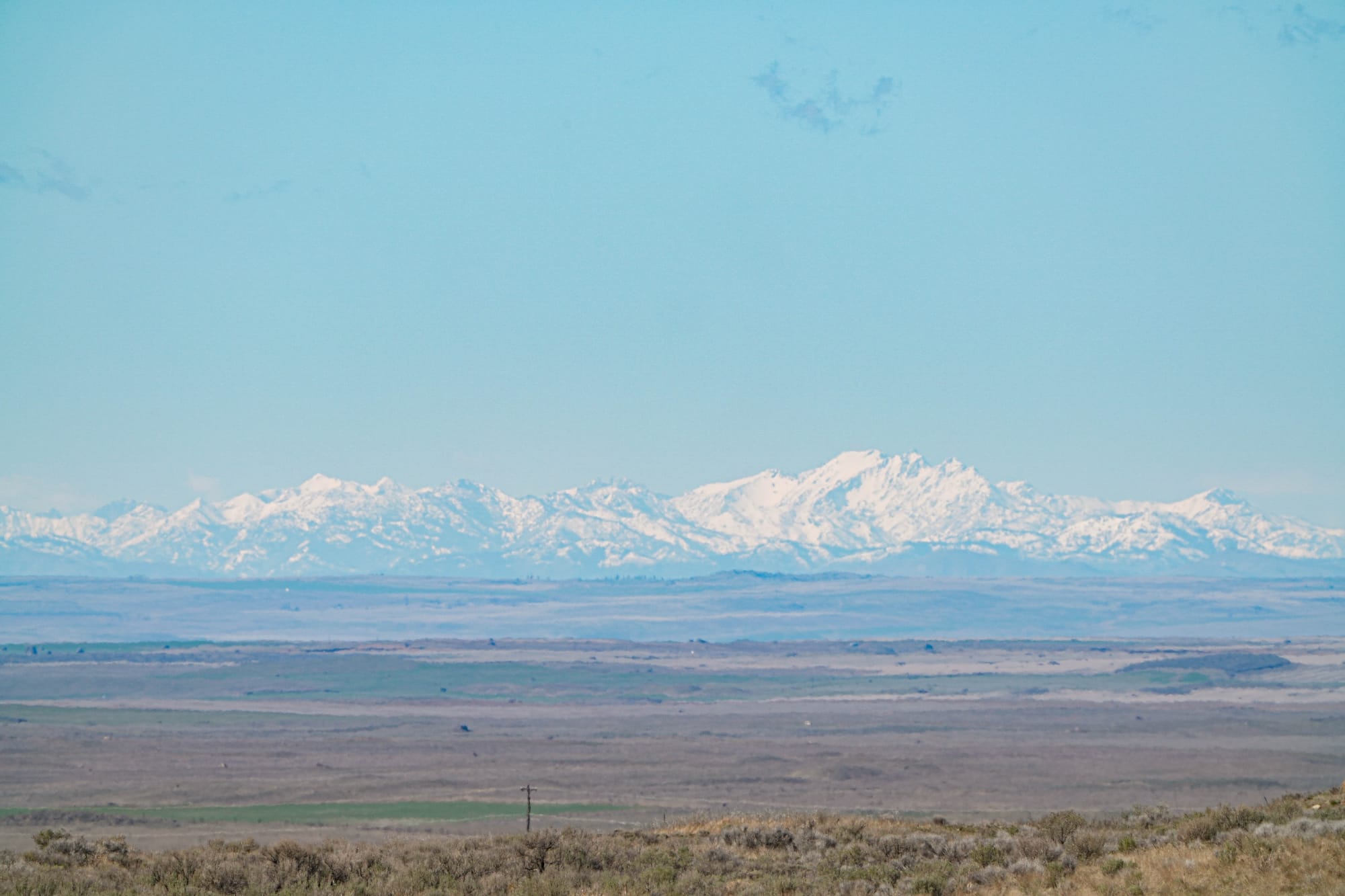
It's been a mixed bag this week—everything from warm, sunny days, to a day of snow—plus rain and dramatic clouds.
Week in Review
Have you been noticing the quirky push and pull of the seasons? On sunny days it feels like spring is already here, then clouds and rain and snow return, and it feels like everything shuts down again.
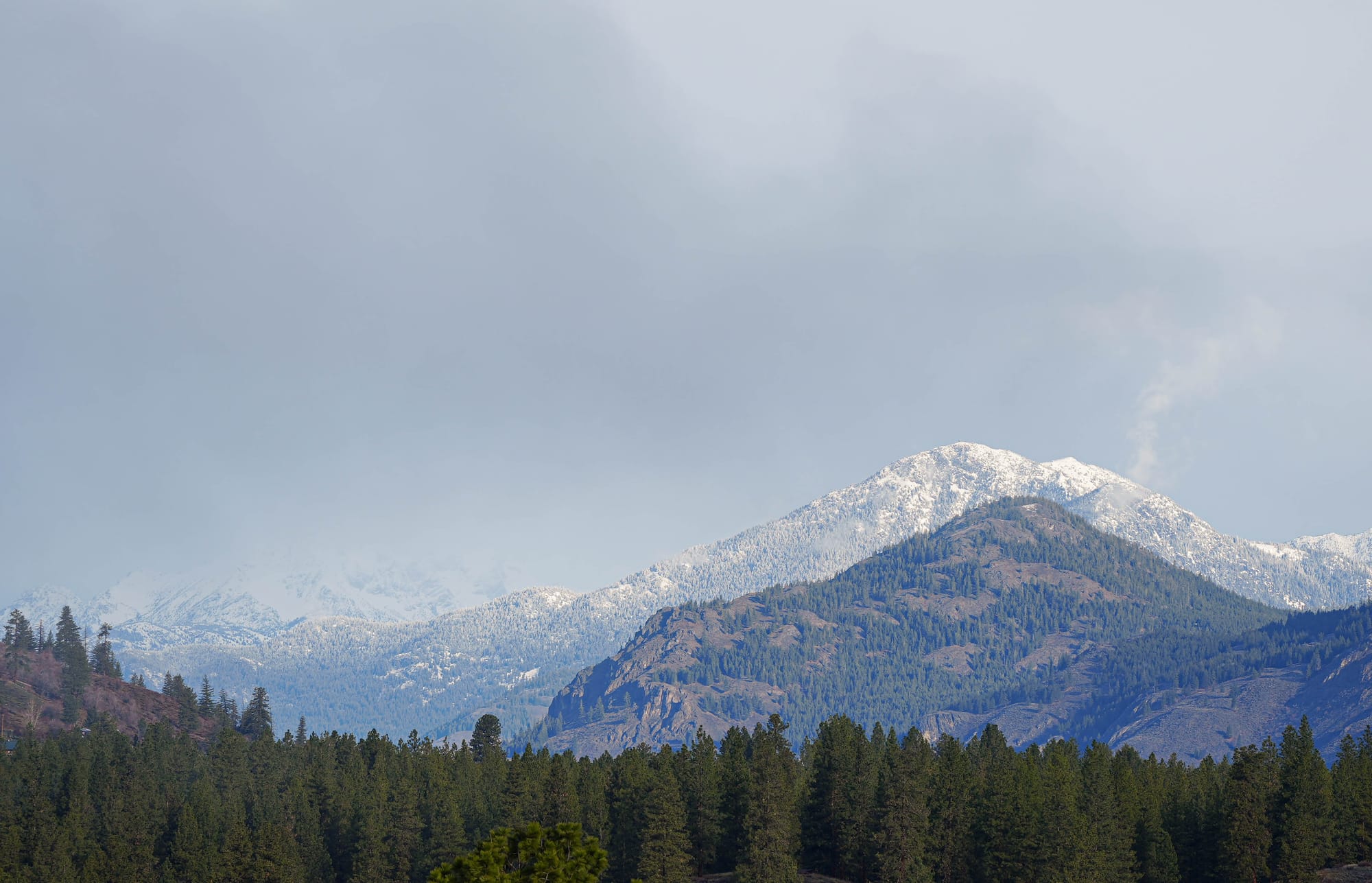
If nothing else, it's been a great time for watching changing clouds and the play of light on snow-covered mountains. Records indicate that this winter's snowpack is much lower than average, but the mountains are still beautiful and gleaming white even as crews begin plowing Highway 20.
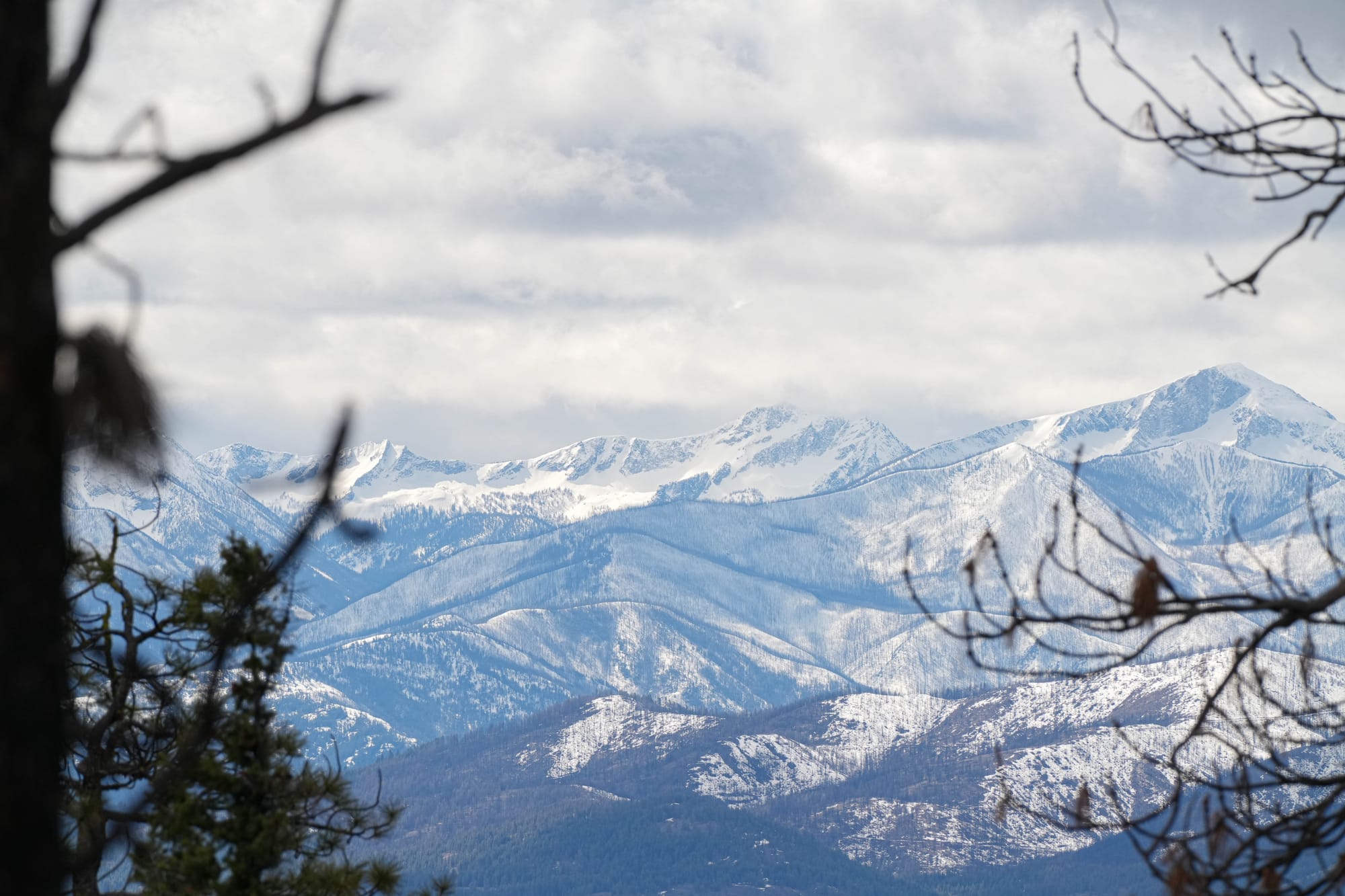
At the same time, everything is greening up and more flowers are out every day. Yellow bells may be past their peak, but bluebells out in full force, and a few balsamroots are already making an early appearance.
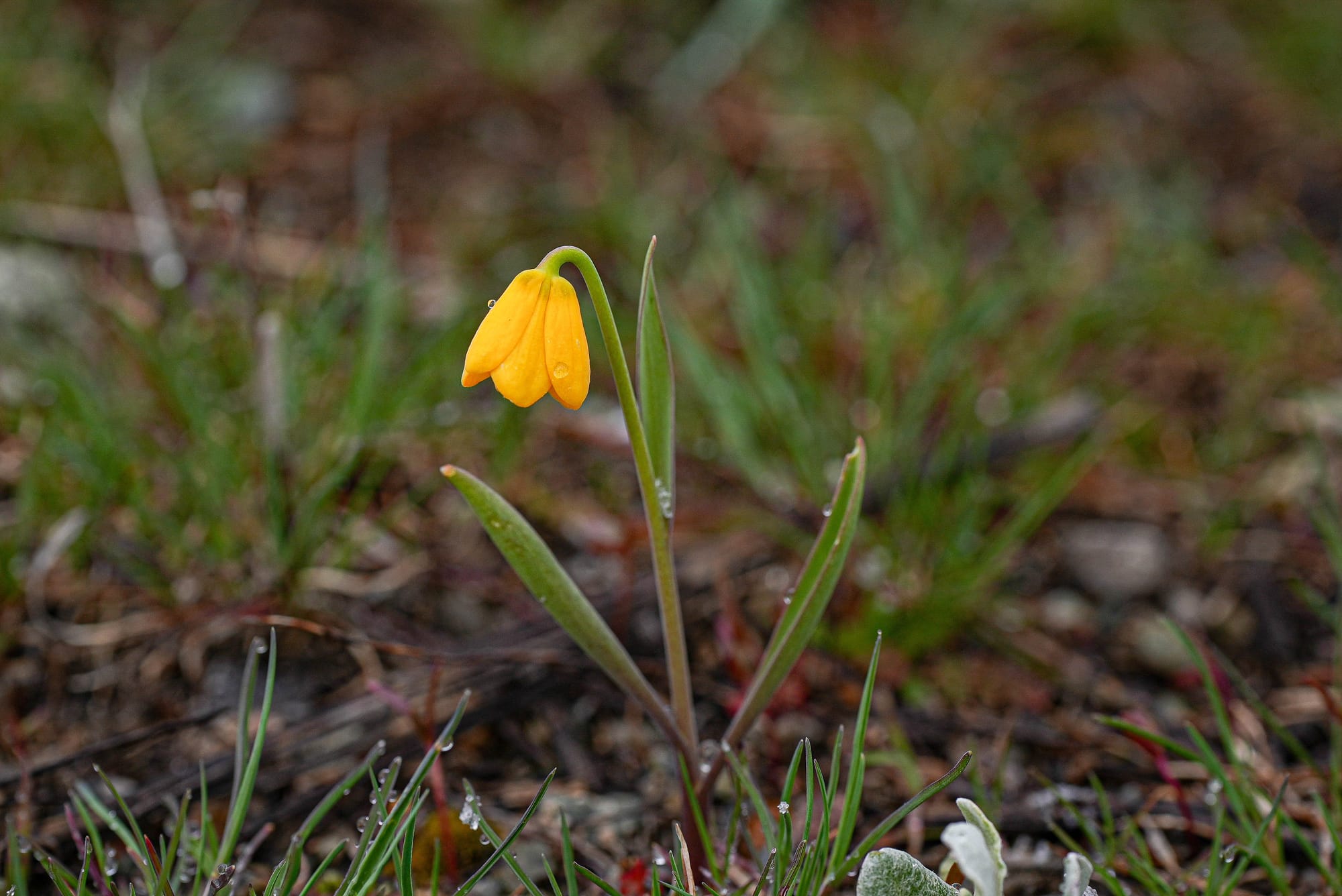
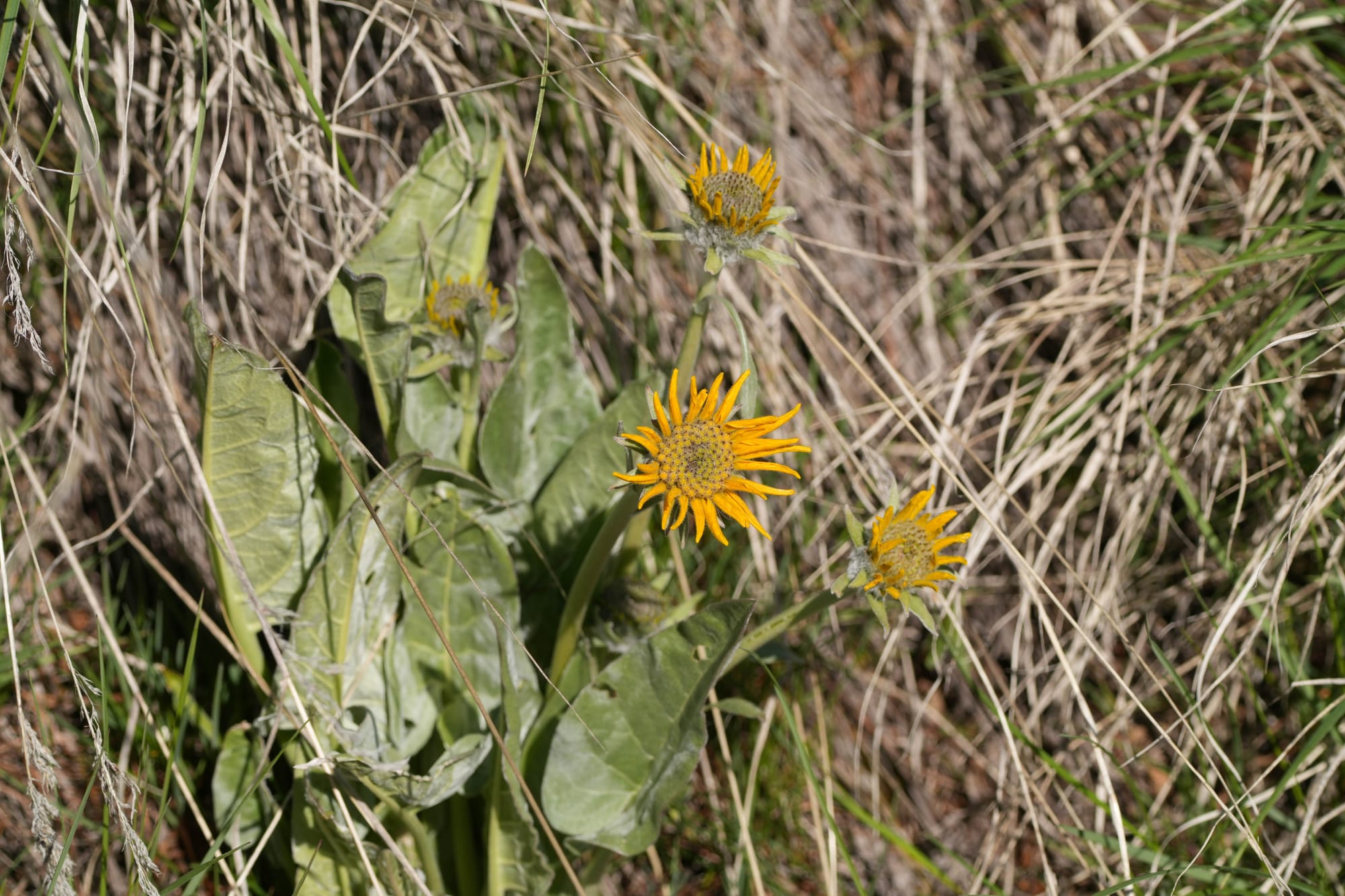
Patches of fernleaf desert parsley are particularly noticeable, even from a great distance, because their dense tufts of finely dissected leaves are a rich, green color. Up close, you can easily recognize them by their rounded, chocolate-brown flowers.
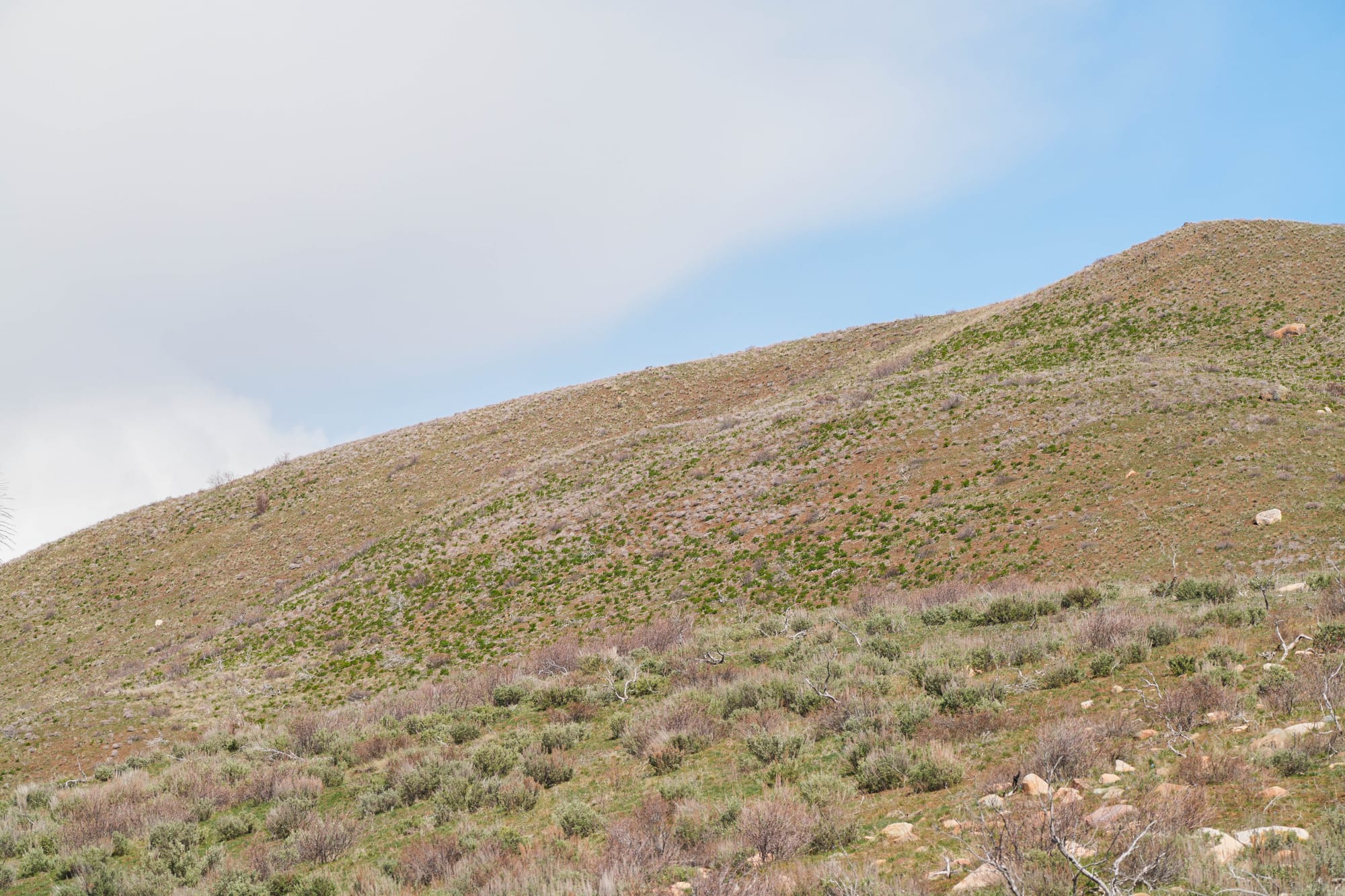
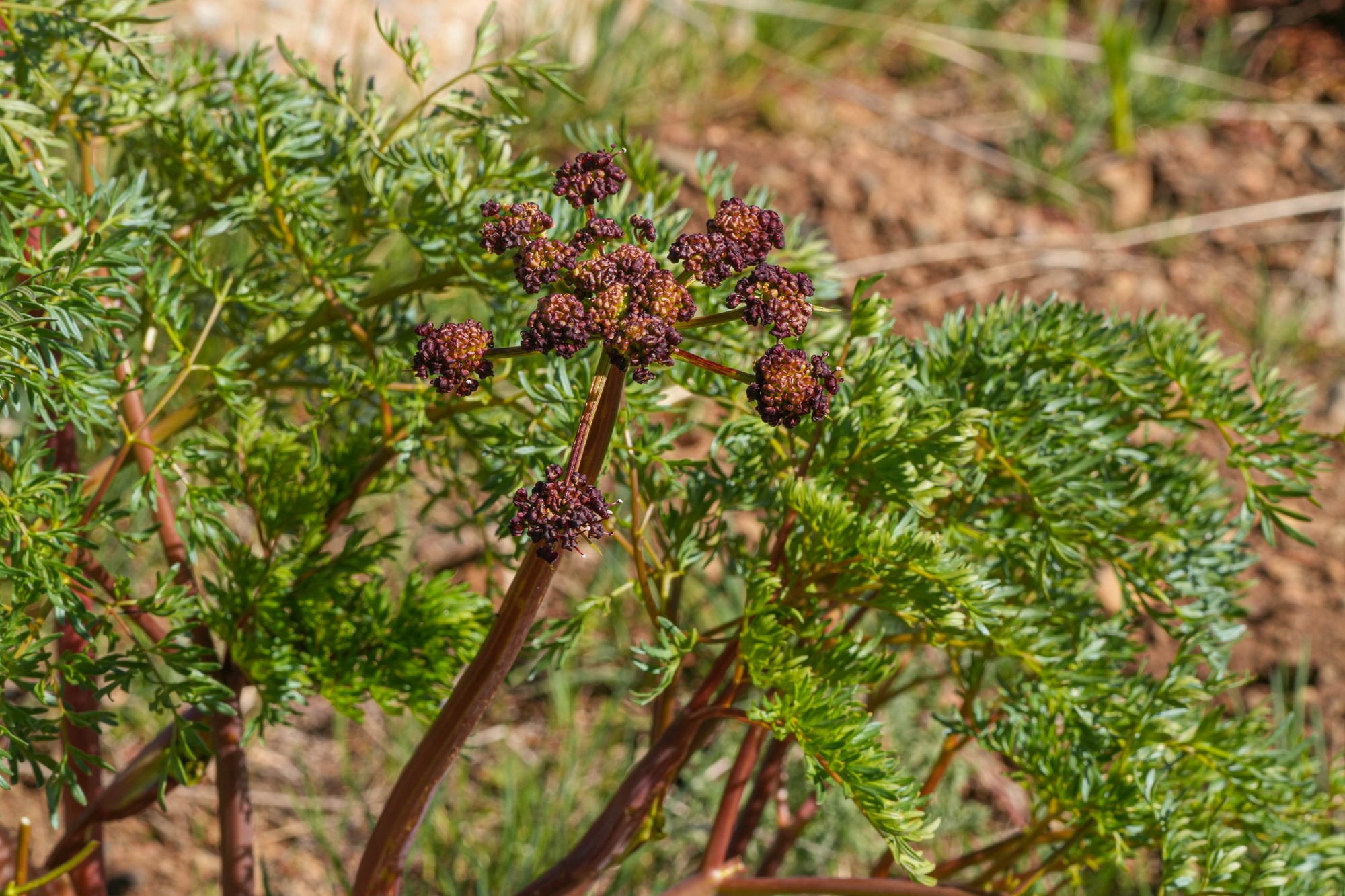
Another sign of the changing seasons are dusky grouse calling from open hillsides around the valley. Their deep, hollow calls are ventriloqual, so even when you're standing near a calling male you can't easily tell whether he's right next to you or hundreds of feet away. If you're lucky, you might spot one as it calls and displays (one great place to see them is along the ridgetop trail at Sun Mountain Lodge).
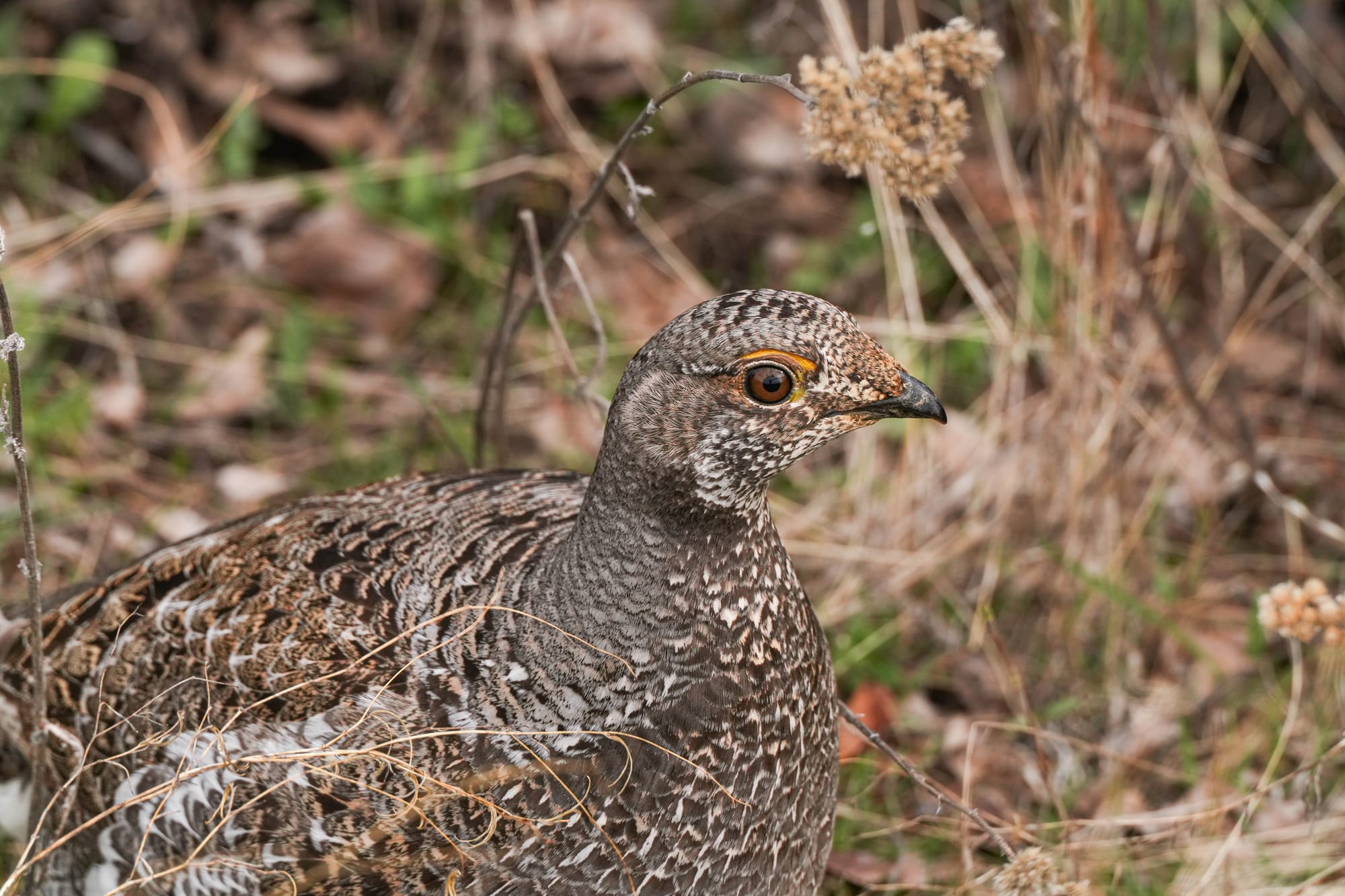
I was also glad to see that wood ducks are back at the salmon ponds along the Twisp River Road. These skittish ducks favor well-wooded ponds where they feel safe and protected. They often fly off as soon as they see someone approaching, but you might spot one as you drive by the ponds.
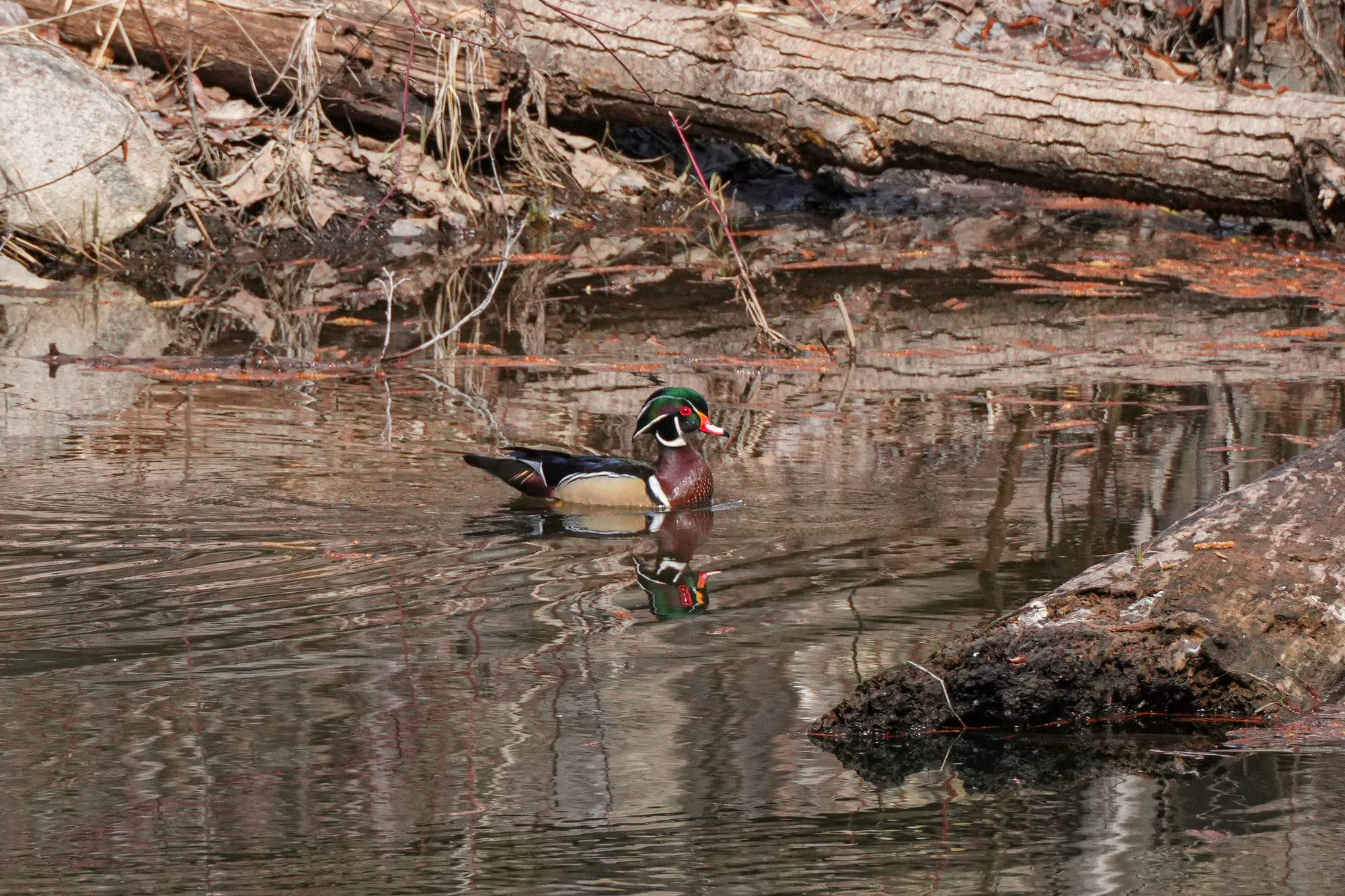
Finally, it was fun to see that turkey vultures returned this week. The first ones arrived on March 28th or 29th, and more showed up on the 30th. These large birds need warmer temperatures because they spend their day soaring on warm, rising air currents so I guess the conditions are right for them now.
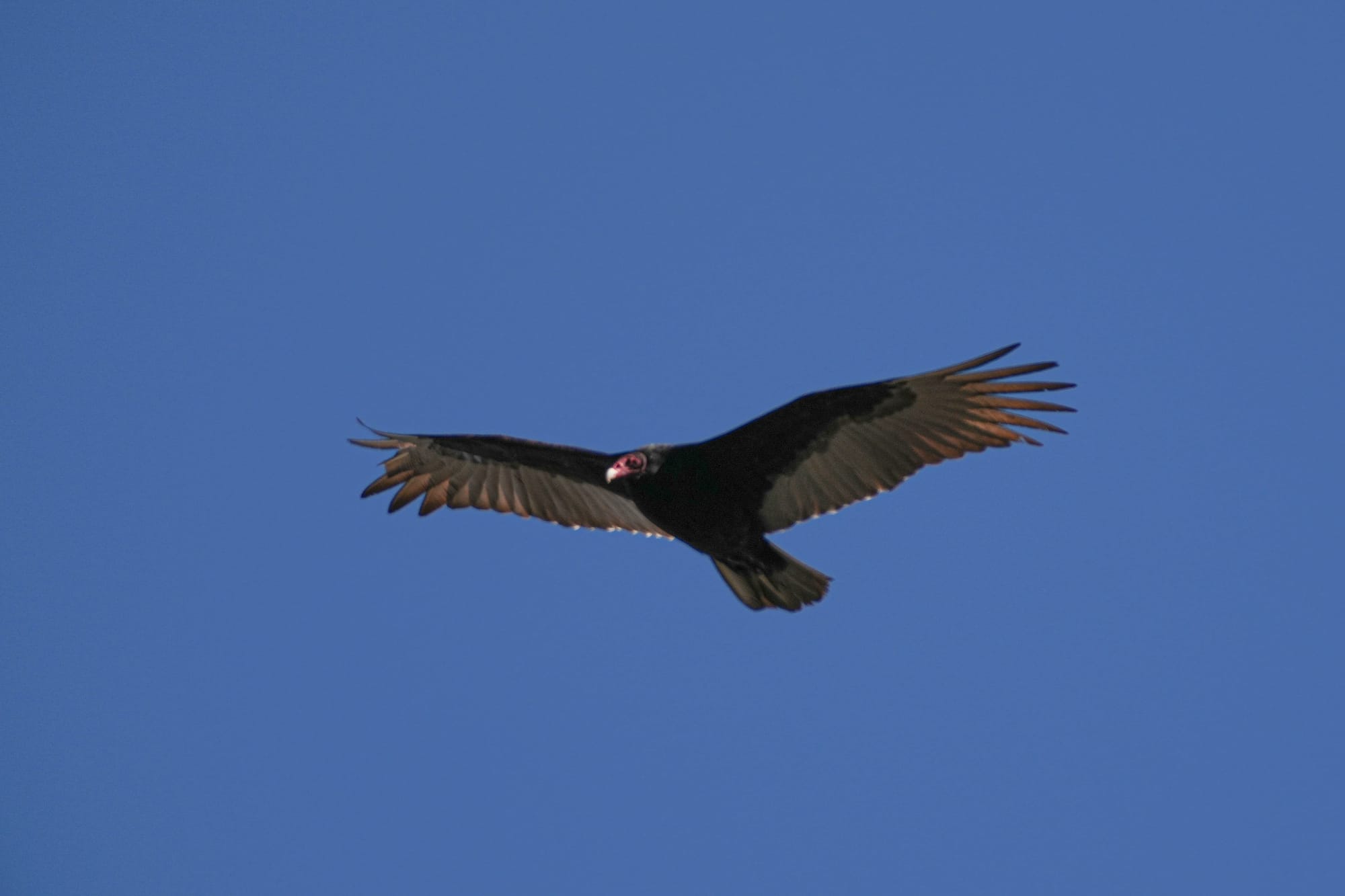
Observation of the Week: Mustard Rust
I first noticed rust fungi when it appeared last month, but the yellow "pseudoflowers" that this rust creates are even more conspicuous now and it's hard to go on a walk without seeing at least a few of them.
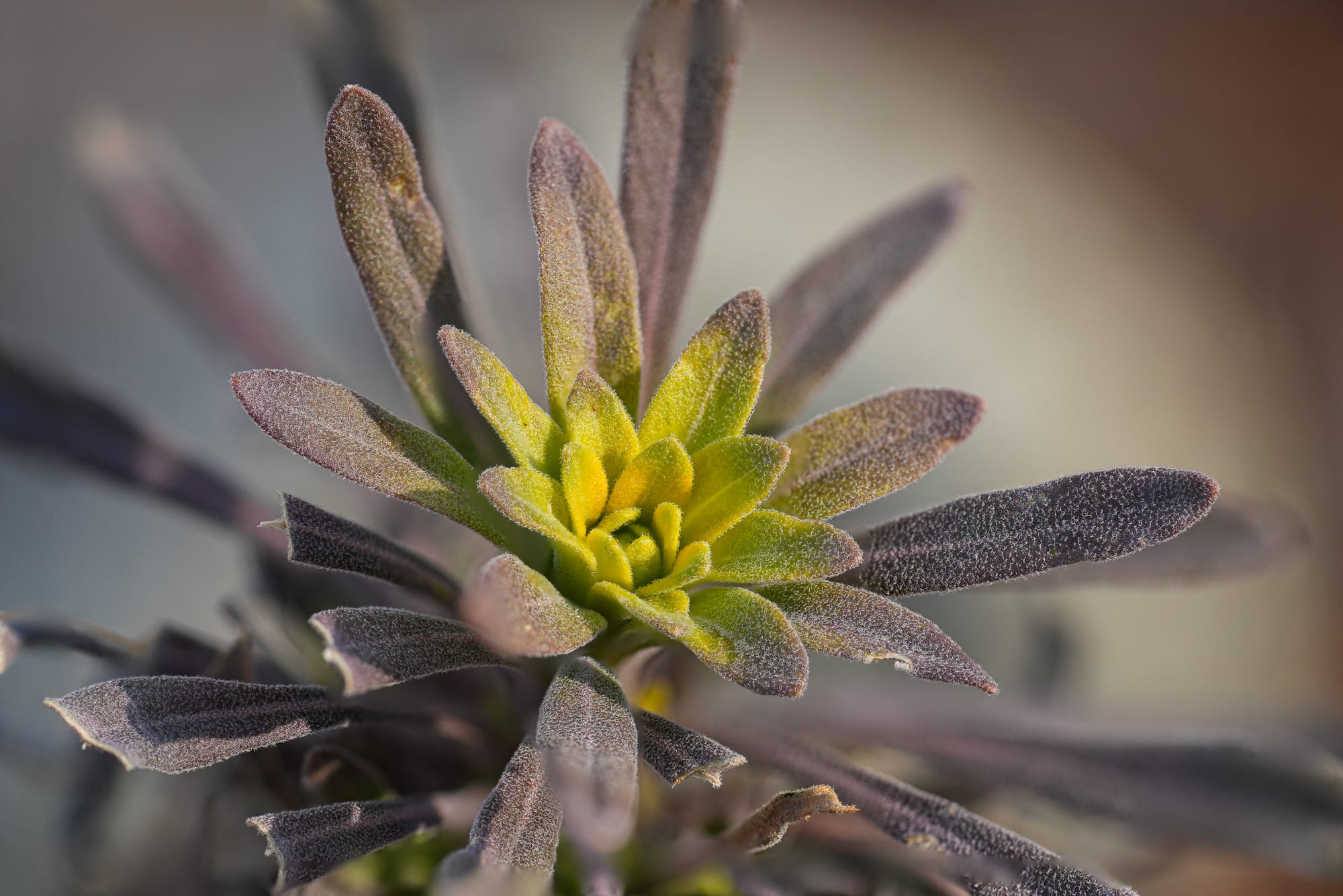
Rusts are a type of fungus that infect plant tissues, then spread to new plants by producing a dusting of spores that make a plant look rusty. There are over 3500 species of rust in the world, and each species favors a specific host plant (or group of host plants).
The common species we're seeing in the Methow Valley is Puccinia monoica and it is most often (or only?!) found on a native mustard called Holboells's rock cress, Boechera refracta (formerly Arabis holboellii).
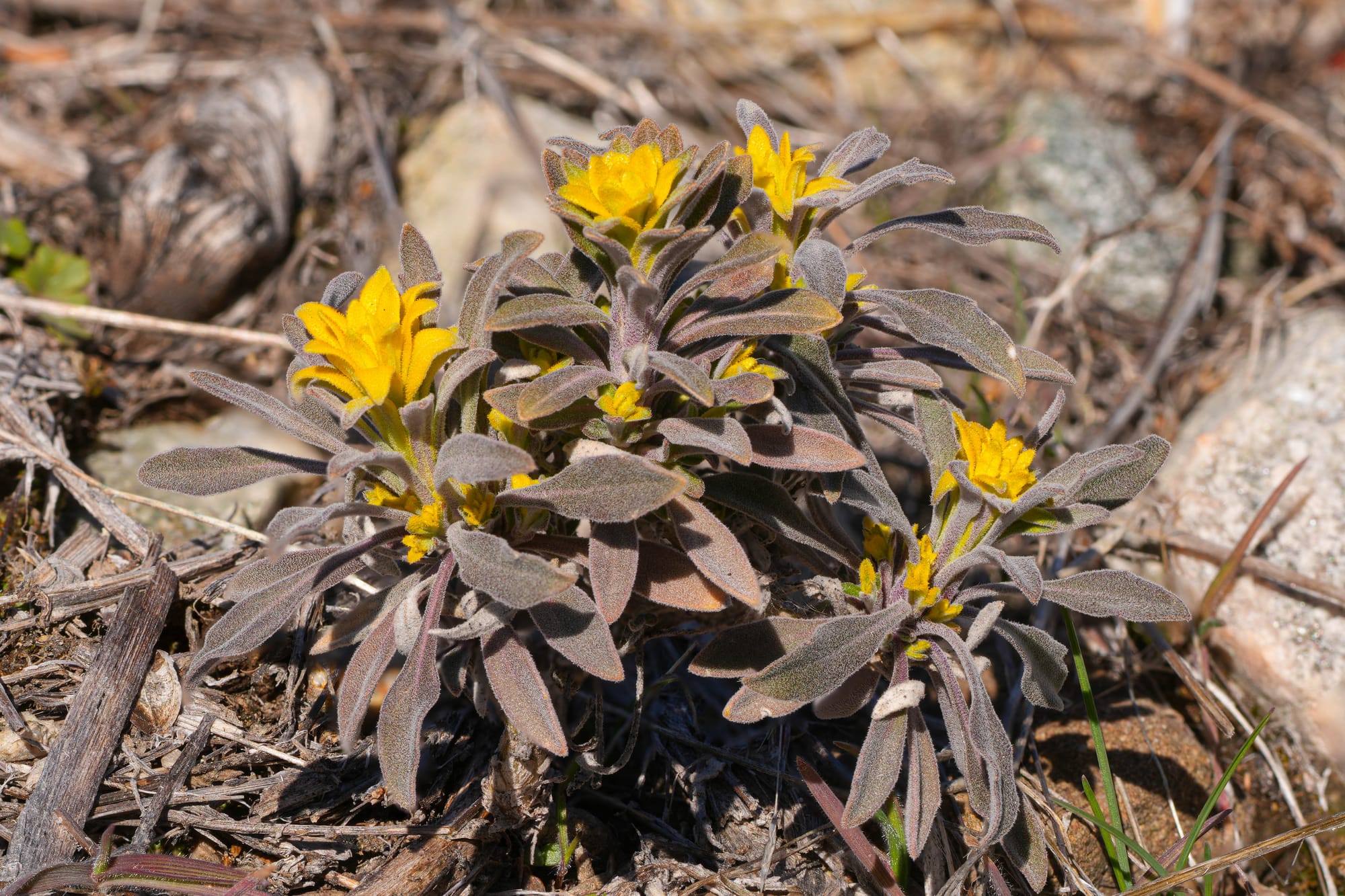
Rusts have a complex, and fascinating life history with five different stages that each produce their own unique spore-producing structures. The rusts that we're seeing now got their start last summer when wind-dispersed spores landed on new host plants, then sent out hyphal threads that searched for stomata (openings where plants breathe).
Once they found an opening the rust would have entered into the plant tissues and began spreading inside the plant while waiting for winter to end. Then, in the spring they sterilize the plant, so it won't produce flowers, and reprogram the plant to make it produce yellow leaves that look like flowers.
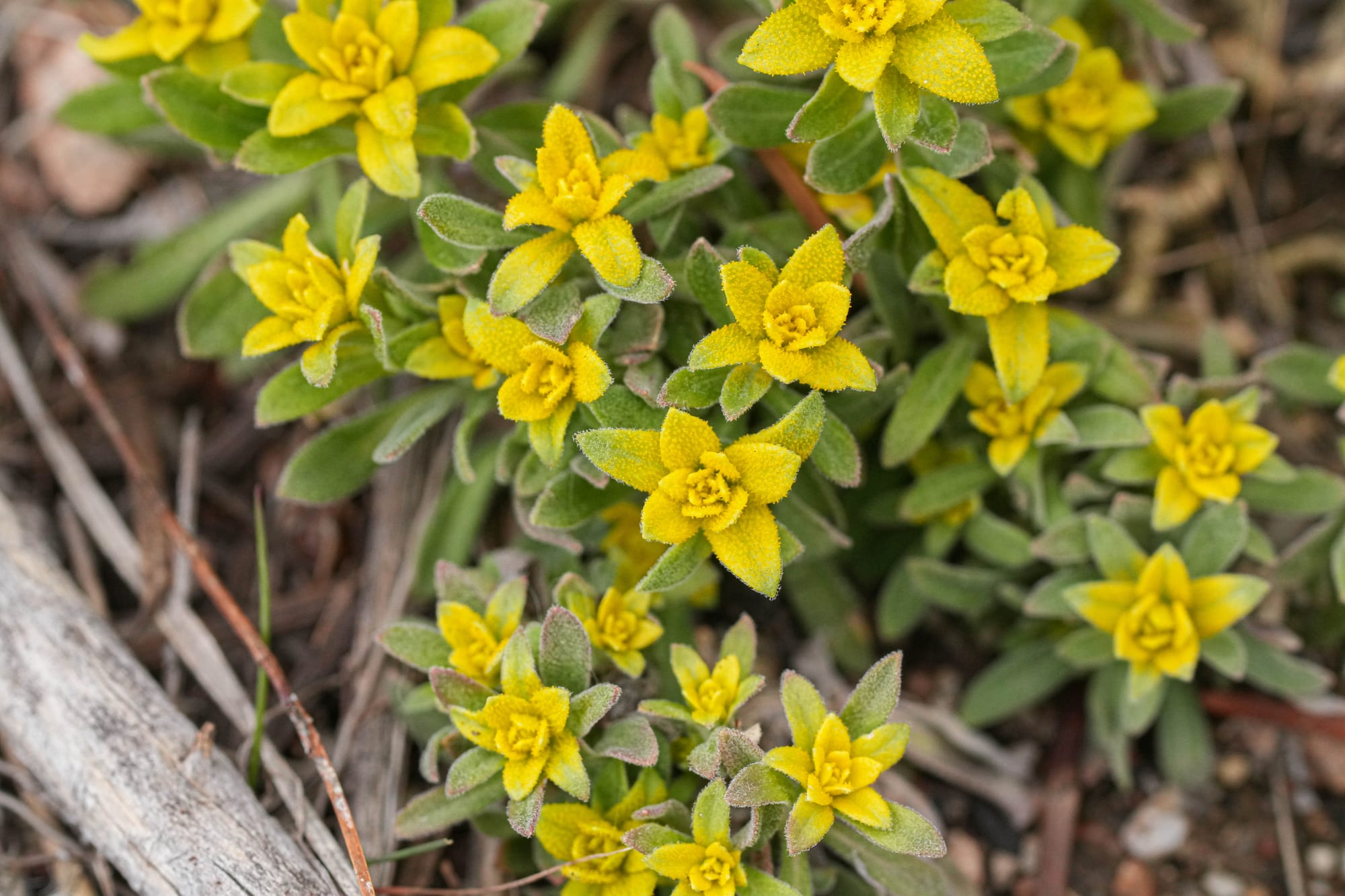
Not only do these fake flowers look like flowers, but they also produce smells and nectar that imitate flowers and are highly effective at attracting pollinators (mostly anthomyid flies). When pollinators arrive, they are dusted with spermatia that they then carry to other infected plants, thus cross-fertilizing the rusts and allowing them to produce another kind of spore.
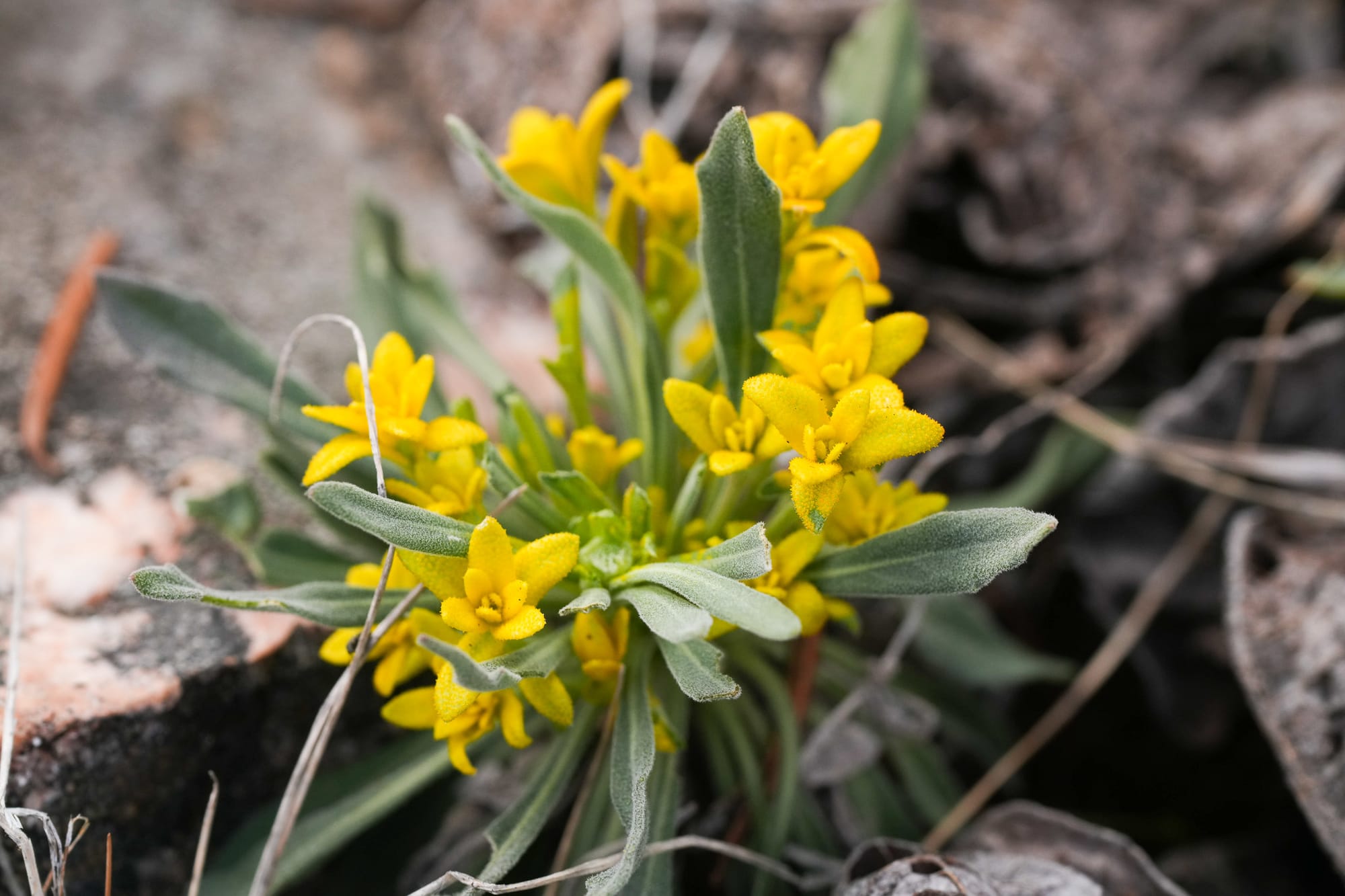
This second generation of spores infects a new host (one of several native grasses) and then, in late summer, produces another type of spore that spreads in the wind in search of new mustards that they infect and spend the winter living inside of.

